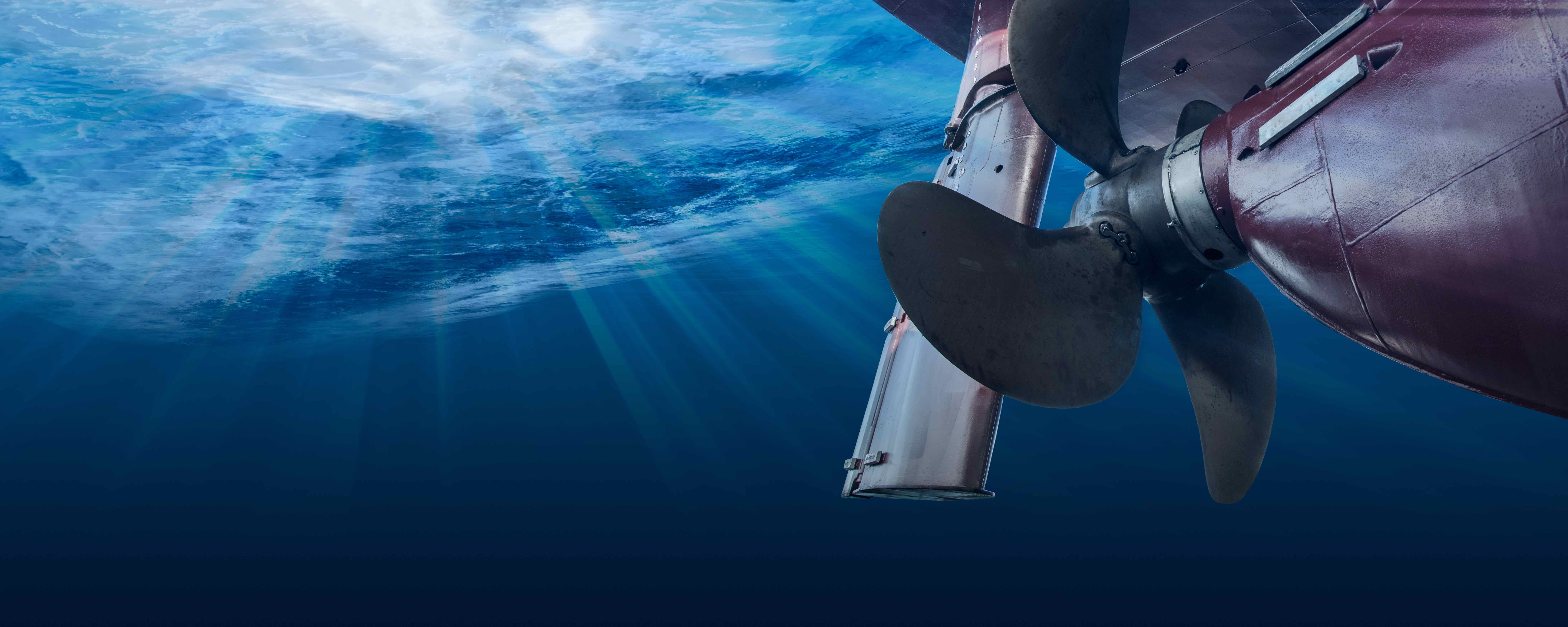Bubbles and vibrations that disturb the oceans
Shipping needs to be quieter. The good news is that with shipping companies now talking as if they agree that decarbonisation is needed, they may be ready to accept new technologies.
Earlier this year (2021) US classification society ABS issued a short white paper on the available technologies that can reduce underwater noise from ships.
Many on the list also improve the efficiency of a vessel by reducing vibrations, cavitation, or friction. Because sound waves are a form of energy, their reduction will result inefficiencies. Slow steaming is one of the easiest tools to reducing noise says Dr Qing Yu, ABS director of technology.
“It is actually very much tied to cavitation because in order to generate underwater noise through cavitation, the vessel’s propeller rotation speed has to reach a certain limit, the so-called the cavitation inception speed,” he says.

He explains that at certain rotation speed the propeller will create cavitation bubbles, and it is these masses of bubbles bursting that creates much of the noise of a ship. When a ship slows down there is less cavitation.
“By reducing the speed, if the speed is low enough, and the rotating speed of the propeller is low enough, essentially, we can get rid of cavitation. So, in that sense, slow steaming can contribute to the reduction of noise.”
Oddly though the bubbles from cavitation around the propeller are not the same as the bubbles being created in air lubrication technology. While ALS is a relatively new technology for reducing hull/water friction, its properties in masking vessel noise is well documented. The US Navy developed a system in the 1950’s called the Prairie-masker which effectively sent bubbles out of perforations in the hull and even the propeller to mask vessel noise. It was meant to reduce the chances of discovery from hostile submarines or vessels.
Qing Yu explained that cavitation bubbles are a generated through different mechanisms to those from ALS.
“They have different shapes and at different frequencies and also the bursting of the bubble will generate a high energy noise emission. Those bubbles are different from the bubbles due to cavitation. And then there’s a way to control the pattern of those bubbles, the size of those bubbles, and the distribution of those bubbles.”































